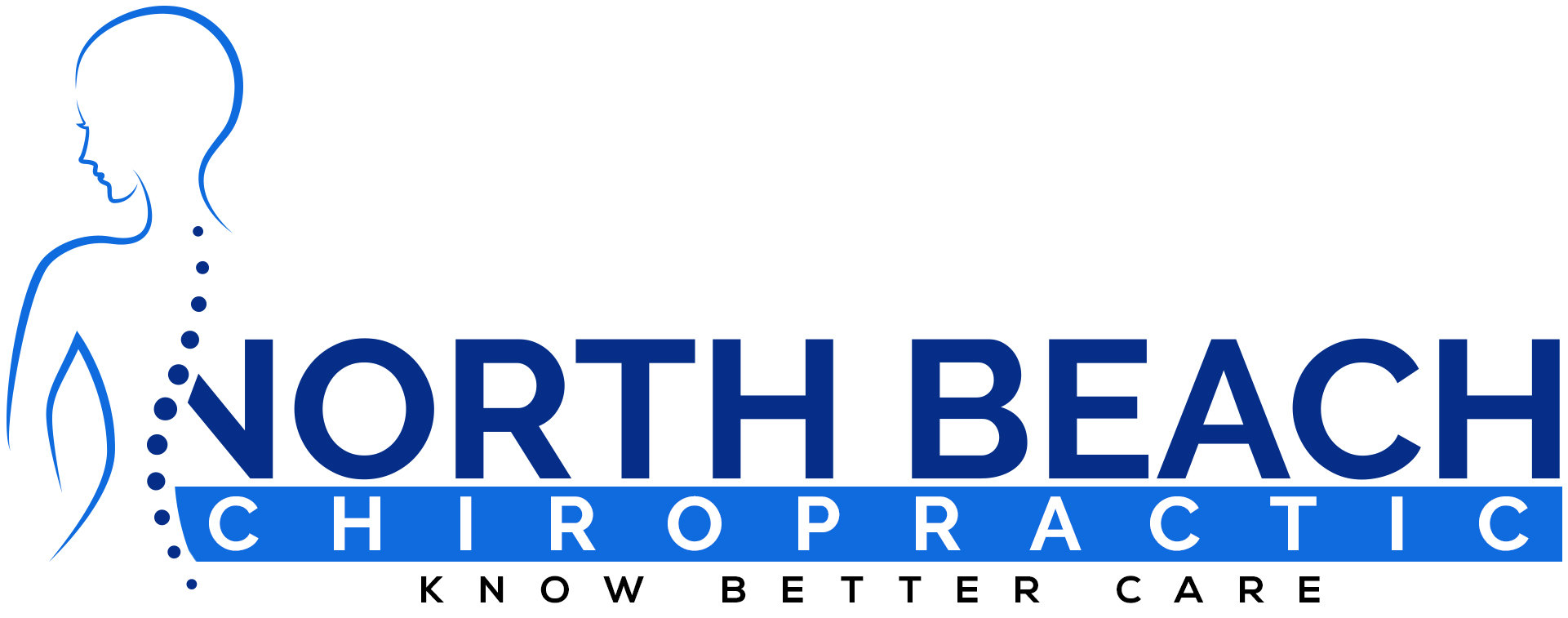Movement Literacy

Through rather unusual circumstances I, at age 52, have acquired a unicycle. Having acquired it, I am now determined to master it or (more likely) die trying. I am finding, as I often do, learning this new skill is much more difficult than I anticipated. Still, there are brief moments when I “feel it” and it’s a bit of a rush. It’s somewhat akin to that experience when, after staring cross-eyed for 10 minutes in front of one of those annoying 3-dimentional pictures, a fleeting image emerges and you momentarily grasp the depth and contours hidden in the picture. You finally “see it.” The physical experience of “feeling it” on the unicycle calls to mind a trending term that appeals to me: “movement literacy.”
Each of us possesses a certain level of skill when it comes to reading literacy. Intellect, education, environment and personality all contribute to our level of reading literacy. Some of us are fast readers; some are slow. The ability to retain the material also varies considerably. Some of us enjoy fiction. Others gravitate toward history or poetry. Some use reading primarily as a learning tool while others devote most of their reading efforts to entertainment. Parallels certainly exist for movement literacy. Think of the naturally gifted athlete or dancer who performs impressive physical feats with apparent ease and fluidity. Compare this to a person with poor body-awareness who struggles clumsily to acquire even fundamental physical skills. While both types may be able to walk and chew gum at the same time, their levels of movement literacy are quite different. As someone whose work involves regular encounters with people struggling with some form of movement dysfunction, the thing that excites and challenges me is that–no matter the starting point–we all have the ability and opportunity to improve our movement literacy.
Reading-speed and reading-retention can be developed through practice and training. Interest and enthusiasm for reading can be greatly enhanced by seeking out reading material that has a fundamental appeal to the reader. Similar opportunities exist for developing movement literacy. As I am settling into middle age, I have come to terms with the fact that I will never be as fast, strong or flexible as I once was. Thank goodness speed, strength and flexibility are not the only “books” in the movement library. By taking a creative and imaginative approach to physical activity, I have learned that it is possible to not only maintain a high level of physical fitness with age, but to expand movement literacy by obtaining new skills or recovering lost skills through persistent and innovative training.
If you feel like your level of physical competence is shrinking, I would encourage you to take bold steps to expand your level of movement literacy. Get out of your comfort zone. Learn a new game. Take an exercise class. Buy a DVD on introductory yoga or Tai Chi. Get a trainer. Get a unicycle! You won’t improve your reading skills if you have only one book on your bookshelf. Neither will you improve your movement literacy without bringing new tools into play.
Happy reading!
